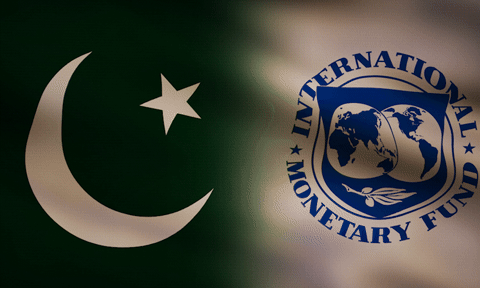The State Bank of Pakistan (SBP) has been cutting the policy rate rather aggressively since the MPC decided on June 24 that it was finally time to unclench its iron wrist on monetary policy. This came after 22 months of tightening the monetary policy starting in Sep-21, and a consecutive 12 months of keeping it steady at the peak rate of 22 percent. For the automotive industry that relies heavily on car financing products to boost volumes—at one time, 30-40 percent of sales financed through banks—perhaps June 2024 couldn’t come fast enough.
Now after two years of lackluster volumes, FY25 volumes so far in 5M indicate there may be movement in the right direction. In 5MFY25, car sales rose 51 percent, landing at roughly 51K units, up from 34K units last year in 5MFY24. However, the comparison may be misleading because FY24 recorded the industry’s lowest sales in 15 years. Comparing volumes achieved in 5MFY25 to previous years, sales are in fact far lower than every year since FY13. Average monthly sales are not growing as enthusiastically as one would associate a growth number of 51 percent with, despite the fact that the industry has evolved a lot in recent years, with more models, more assemblers, and more variety offered on the platter for consumers.
This corroborates the latest statistics on auto loans. Net borrowing—representing fresh loans that are offered on cars—every month was in the red zone for over two years. It remained red for 26 months since July 22. After three consecutive cycles of monetary policy cuts, auto loans turned green for the first time in Sep-24. Policy rate slid down to 19.5 percent that month and Kibor-6M was roughly 17.9 percent. This is still much too expensive for consumers to pay considering stagnant incomes, higher income tax incidence as well as consumption taxes on top of much inflated costs of most consumer goods.
The SBP further cut down the rates to 15 percent and 13 percent in sweeping motions over the next two months. But in Nov-24, net borrowing on auto loans once again turned red. This means fresh loans are not as fast-growing as one would have expected.
Aside from the rates, another reason why loan affordability is brought into question is SBP’s tightened regulations that reduced the loan tenor down to 5 percent (from 7) and increased the minimum equity requirement from 15 percent to 30 percent. These tougher loan terms translate to less affordability of said loans. Invariably, for auto loans to truly rebound, rates have to be significantly lower (at present, policy rates are still in double digits). Auto loans were at their historic peak when rates were at 7 percent (kibor slightly higher than that).
In much of the developed world, rates are much lower owing to economic stability, competitive banking systems, and established access to credit markets. Countries with uncontrollable inflation or volatile monetary policies have to contend with recurring higher rates. The SBP has to be cautious not to trigger a fresh bout of inflation and over the next few months may not be as generous as it has been with recent cuts. Even if the policy rate falls to 10 percent, auto loans will still not be as exuberant as before. But together with rate cuts, the SBP has to loosen its chokehold on car loans by reducing the regulatory restrictions it imposed over two years ago.
As for demand, according to the SBP’s consumer confidence survey, people who don’t expect to purchase a car or motor vehicle are much higher than those who indicated they have plans to over the next six months (see graph). If the index is closer to neutrality, or higher than neutrality, it implies a positive outlook on vehicle sales. In FY18, indeed when the index was much closer to neutrality, volumes recorded their historic peaks of that time. However, in FY22, when volumes hit their highest again, it could not be confirmed from the survey as respondents were farther away from neutrality than one would expect.
There can be several reasons for the relationship not holding true: respondents were biased in their responses (providing answers contrary to true intentions), or perhaps they made decisions on a whim. Recall that FY22 peak sales came rather unexpectedly since it was amid rising inflation, monetary policy beginning to tighten, and reduced purchasing power. For many car buyers perhaps, that became a moment of quick decisions expecting rates to go up (they were right!) as well as car prices to increase (again, they were right). Following FY22, automobile volumes plummeted.
Nevertheless, as it stands, there is no reason for the market to expect a substantial rebound. The survey response certainly does not indicate a major recovery in car sales, but major fundamentals are also not in favor of assemblers and car buyers. If FY22 was an outlier, lightning does not strike twice.


























Comments